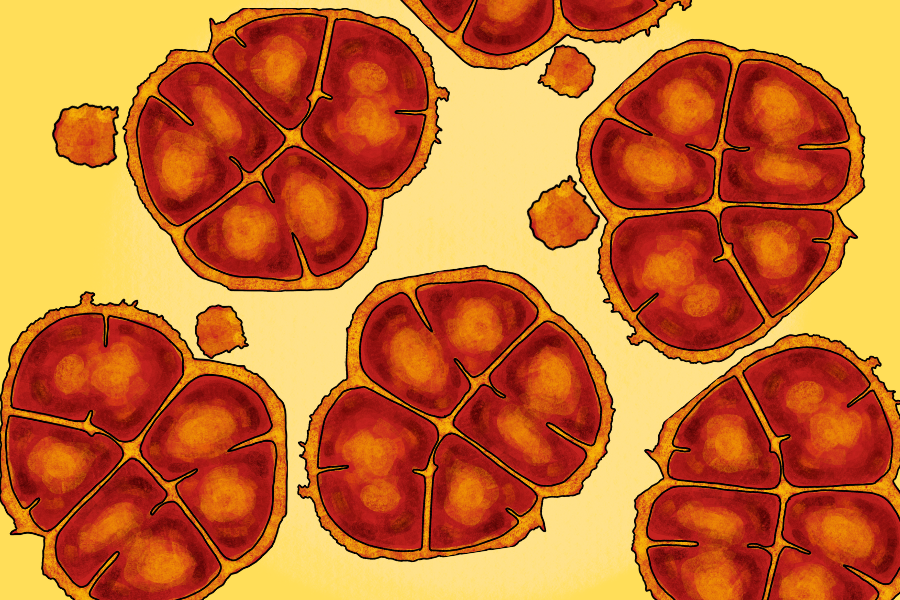Research paper suggests potential for bacteria survival below the surface of Mars
Northwestern professors contributed to a recent study on the survivability of bacteria in the harsh conditions of Mars. The study used six microorganisms found on earth, including Conan the Bacterium, which utilizes manganese as an antioxidant to be radiation resistant.
November 16, 2022
A new paper featuring Northwestern research comes closer to answering the age-old question asked by scientists, space enthusiasts and David Bowie alike: Is there life on Mars?
Chemistry Prof. Brian Hoffman and research associate Ajay Sharma collaborated with researchers across the nation to study the potential for bacterial survival below the planet’s surface.
For the study, which was published in October, collaborators set six microorganisms found on Earth, in cold, dry environments similar to conditions on Mars. Researchers tested the survivability of the microorganisms against extreme radiation that modeled certain regions of Mars.
“There’s a very low chance — but I think we’ve shown it’s not quite zero — that there is dormant, viable life on Mars,” Hoffman said.
When buried at least 10 meters under the surface and protected from intense gamma radiation, dormant spores of Deinococcus radiodurans, also known as Conan the Bacterium, could survive 280 million years, according to the paper.
Though liquid water has not flowed on Mars for around 2 billion years, meteor impact, which happens often given the lack of atmosphere, could thaw frozen debris that hypothetically contain microbes.
“It’s quite possible that those microbes could have lived normally again, grown, then again, frozen,” Sharma said.
Sharma, who joined Hoffman’s lab in 2009, said their research has provided hope that Conan the Bacterium could still be found on Mars today.
On Dec. 24, 2021, the National Aeronautics and Space Administration detected a marsquake, later determined to be the result of meteor impact. Photos taken by NASA’s InSight lander showed small white dots around the newly-formed crater.
“In the reddish stuff that you’re looking at, there’s white specks, white chunks,” Hoffman said. “There was ice under there. It’s exactly the scenario that (Michael Daly) said if there was ever life it could happen that it would get rejuvenated.”
Daly, a Uniformed Services University Prof. specializing in radiation, led the study and previously determined that manganese is the protective force in cells against radiation. Manganese is a mineral present in all known living organisms.
The type of manganese in the spores’ cells indicated how resistant to radiation the organism could be, according to Hoffman and Sharma.
“I think the idea was brilliant to connect manganese study with space,” Hao Yang, a postdoctoral fellow in Hoffman’s lab, said.
Hoffman and Sharma contributed their knowledge of manganese antioxidants to the paper. Both have researched the antioxidants over the past 12 years using two methods unpairing electrons: electron-nuclear double resonance spectroscopy and electron paramagnetic resonance techniques.
The pair’s lab leads the pack in EPR and ENDOR research because they create their own instruments and methods, according to Yang.
In the future, Hoffman and Sharma will continue to work with Daly and other collaborators on research of smaller spores.
“I’m sure someone else will try doing it in the near future, but at the moment, no one else has jumped into the pool,” Hoffman said. “So we’re swimming in the pool all by ourselves.”
Email: [email protected]
Twitter: @lexipgoldstein
Related Stories:
— Boeing CEO talks plans to put first human on Mars, future of space exploration
— Northwestern researchers build toward 3D-printable habitat on Mars












